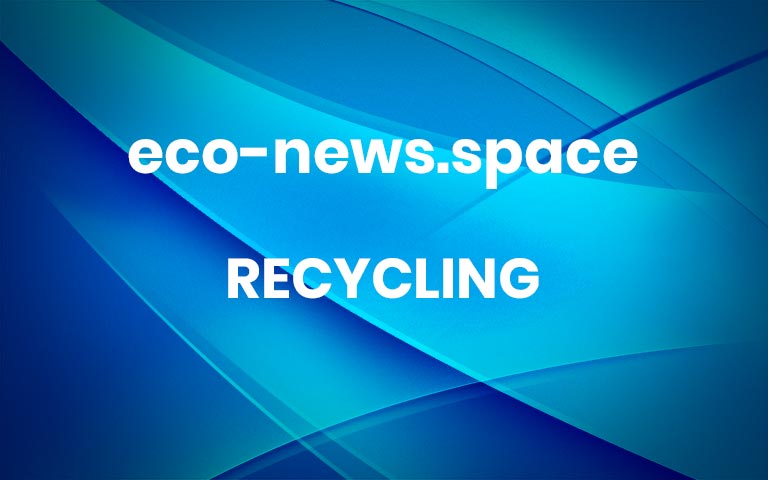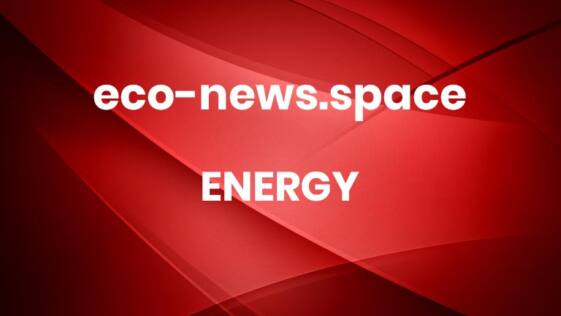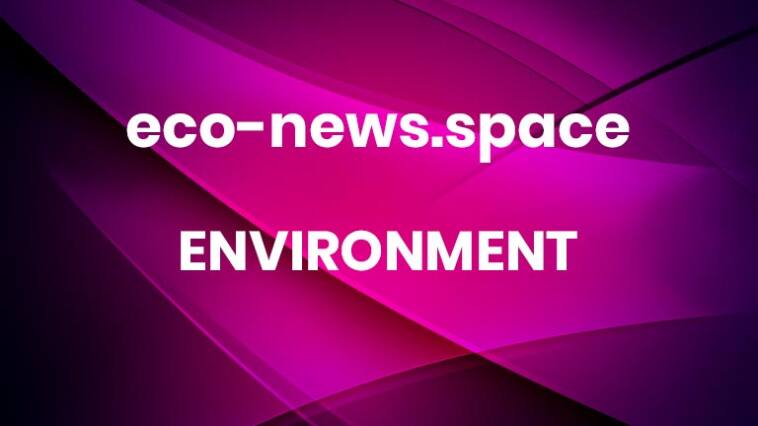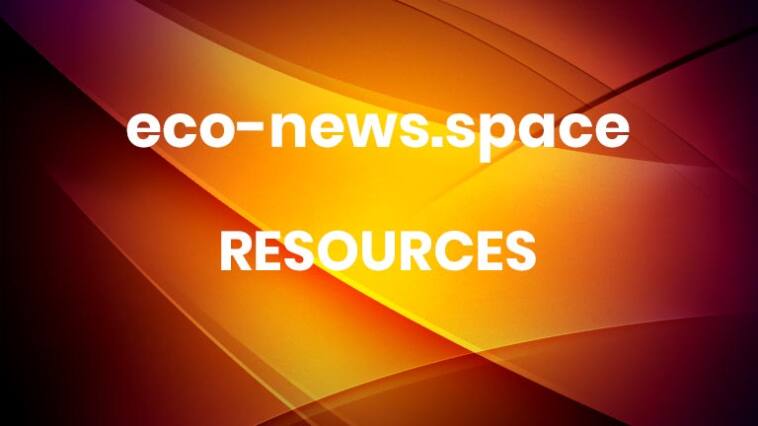HOTTEST

Australia is facing a serious lighting waste challenge, however lighting recycling is on the rise as people realise how easy and convenient it is. Millions of old light bulbs, tubes and lamps are thrown into landfills around the country every year even though it’s bad for the environment. The best way to tackle our growing […] More

People are switching on to the benefits of lighting recycling to protect the environment and combat our growing waste challenges. Millions of old light bulbs and lamps still end up in landfill every year, even though most lighting waste should be recycled. There are a variety of benefits to recycling lighting waste, such as preventing […] More

With about 50 million tonnes of e-waste generated globally, International E-waste Day is an important day to spread the word about recycling old electronics. More than 110 organisations from 48 countries took part in the latest International E-waste Day to shine a light on e-waste and encourage the public to recycle more. E-waste is made […] More

Lithium-ion batteries will play a pivotal role in our future energy needs, however we still have a long way to go when it comes to recycling them. Lithium-ion batteries are rechargeable and used widely, from mobile phones and laptops to electric vehicles and solar panel systems. The demand for lithium-ion batteries is growing at a […] More

More than 75 waste transfer and recycling sites across Victoria have been upgraded for e-waste collection and storage since the state’s e-waste ban started last year. The Victorian government has already committed $10.6 million to helping local governments upgrade e-waste collection services through the first round of the e-waste infrastructure support program, according to the […] More






